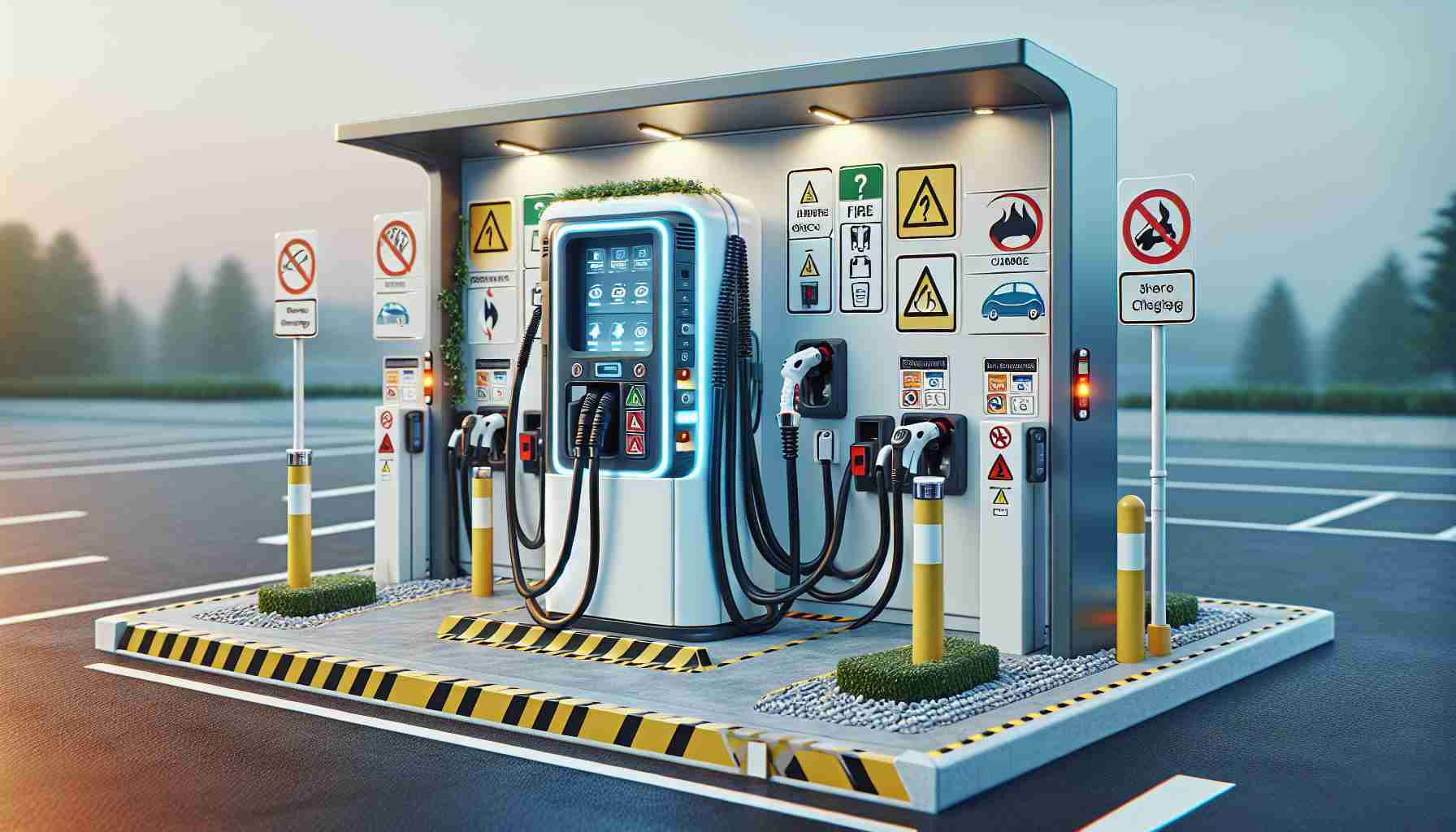Protecting Your Investment
Ensure the safety and longevity of your electric vehicle (EV) charging system with essential surge protection measures. By implementing Surge Protection Devices (SPDs), you safeguard your circuits from damaging over-voltages and spikes, maintaining optimal functionality for your charging infrastructure.
Understanding the Impact of Surges
Electrical surges can occur unexpectedly due to various factors such as lightning strikes or electrical malfunctions. These surges pose a significant risk to your EV charging equipment, potentially leading to costly repairs or replacements. By installing SPDs, you mitigate these risks and ensure uninterrupted charging operations.
Types of Surge Protection
There are three primary types of SPDs tailored to different levels of protection. Class I SPDs offer high-energy surge protection at the service entrance, while Class II and Class III SPDs provide secondary and localized protection, respectively. Selecting the appropriate type based on your charging setup is crucial for comprehensive surge defense.
Benefitting EV Charging Systems
EV charging systems are particularly susceptible to power surges due to their sophisticated electronics and outdoor exposure. Regions prone to lightning and thunderstorms, like Kerala, require reinforced protection to safeguard charging points from potential damage. Investing in SPDs ensures the reliability and safety of your EV charging infrastructure.
Mandatory Requirements
Guidelines mandate the installation of Type 1 and Type 2 SPDs for DC Fast chargers in India to uphold operational safety standards. While the necessity of SPDs for Type 1 and Type 2 AC chargers remains debatable, prioritizing surge protection enhances the overall resilience of EV charging installations.
Prioritizing Safety Precautions
Considering past incidents of charging equipment failure attributed to surges, installing SPDs emerges as a proactive measure to prevent potential damage to your EV. Notably, the cost of replacing damaged charging components far exceeds the investment in surge protection, underscoring the significance of integrating SPDs into your charging system.
Ensuring Long-Term Reliability
By proactively installing SPDs in your EV charging infrastructure, you fortify its resilience against unforeseen electrical surges, minimizing risks and maintaining consistent performance. Prioritizing safety precautions exemplifies a proactive approach to preserving the efficiency and durability of your EV charging setup.
Enhancing Safety Measures for EV Charging Stations: Exploring Key Considerations
As the adoption of electric vehicles (EVs) continues to rise, the importance of enhancing safety measures for EV charging stations becomes increasingly significant. While the previous article touched upon the benefits of surge protection devices (SPDs), there are additional crucial aspects to consider. Let’s delve deeper into the topic to uncover essential information that EV owners and charging station operators should be aware of.
Key Questions and Answers:
1. What are the most important factors to consider when selecting SPDs for EV charging stations?
When choosing SPDs for EV charging stations, it is vital to assess the specific surge risks in the area, the types of charging equipment used, and compliance with industry standards to ensure comprehensive protection.
2. What challenges are associated with implementing safety measures for EV charging stations?
One key challenge is the varied regulatory requirements across different regions, making it essential for stakeholders to stay informed about local guidelines to meet safety standards effectively.
Advantages and Disadvantages:
Enhancing safety measures for EV charging stations through SPDs offers numerous advantages, including:
– Protection against voltage spikes and surges that could damage charging equipment.
– Enhanced reliability of charging infrastructure, reducing downtime and maintenance costs.
– Compliance with safety regulations and standards, ensuring safe operation for users and vehicles.
However, there are also disadvantages to consider:
– Initial investment costs for high-quality SPDs can be significant.
– Installation and maintenance of SPDs may require specialized expertise, adding to operational expenses.
– The effectiveness of surge protection measures can vary based on the quality of the devices and installation.
Key Challenges and Controversies:
One of the primary challenges in implementing safety measures for EV charging stations lies in the debate over the mandatory requirement of SPDs for all types of charging stations. While some advocate for universal surge protection, others argue that the cost-effectiveness of such measures needs further evaluation.
For further insights into enhancing safety measures for EV charging stations, you can visit the EVBox website, a leading provider of EV charging solutions with expertise in optimizing charging infrastructure for safety and efficiency.
By addressing critical questions, understanding challenges, and weighing the advantages and disadvantages associated with safety measures for EV charging stations, stakeholders can make informed decisions to protect their investments and ensure the longevity of their charging systems.
 Enhancing Safety Measures for EV Charging Stations
Enhancing Safety Measures for EV Charging Stations  Introducing the 2026 Mercedes-Benz CLA-Class Hybrid
Introducing the 2026 Mercedes-Benz CLA-Class Hybrid  Small Business Embraces Electric Innovation with Impressive Volvo Truck
Small Business Embraces Electric Innovation with Impressive Volvo Truck  New Electric Car Models Providing Faster Charging Times and Extended Range
New Electric Car Models Providing Faster Charging Times and Extended Range  New Innovations in Marine Electric Propulsion
New Innovations in Marine Electric Propulsion  The Future of Sustainable Transportation in Maine
The Future of Sustainable Transportation in Maine  Revolutionizing Electric Vehicles: Cutting-Edge Innovations in EV Technology
Revolutionizing Electric Vehicles: Cutting-Edge Innovations in EV Technology  Reyes Beverage Group Electrifies Its Fleet for a Greener Future
Reyes Beverage Group Electrifies Its Fleet for a Greener Future  Colorado Steps Up in EV Adoption Rates
Colorado Steps Up in EV Adoption Rates 